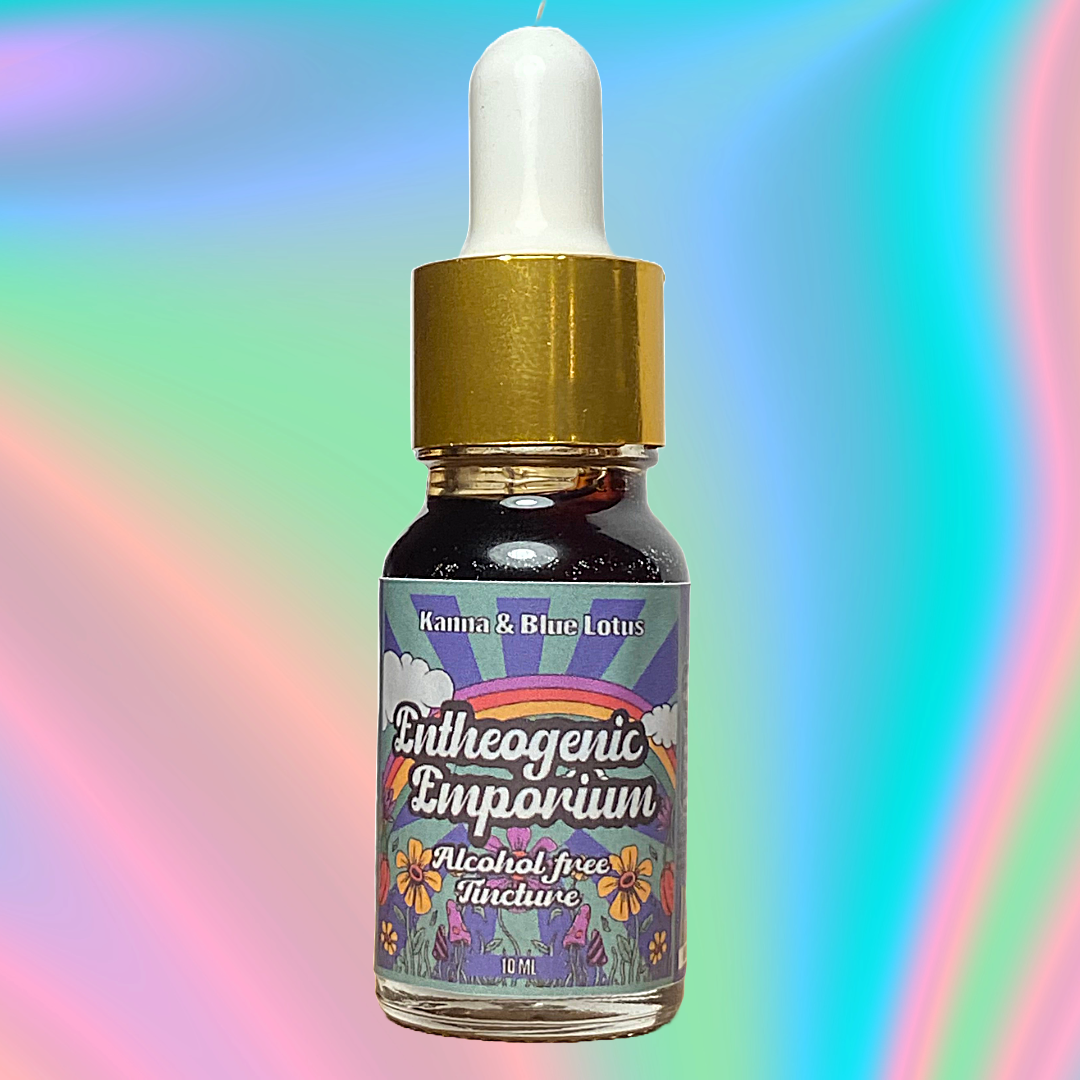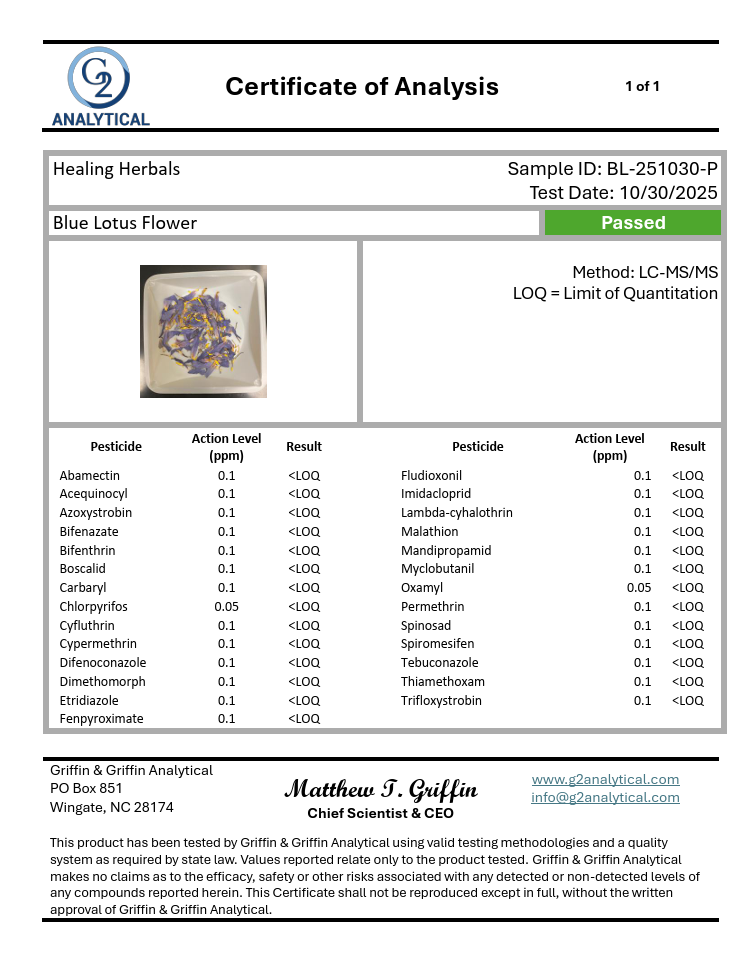
Healing Herbals
Kanna And Blue Lotus Tincture High Potency
Kanna And Blue Lotus Tincture High Potency
Couldn't load pickup availability
Kanna and Blue Lotus Tincture Alcohol Free (High Potency)
Product Description: Our Kanna and Blue Lotus Tincture blends Kanna (Sceletium tortuosum) and Blue Lotus (Nymphaea caerulea) in an alcohol-free vegetable glycerin base. Each 10ml bottle contains 1g of MZO Kanna extract and 1g of Blue Lotus extract.
Kanna, traditionally used in South African ritual and social settings, complements Blue Lotus, valued in ancient Egyptian culture for ceremonial use. This tincture may be taken sublingually shake well, place a few drops under the tongue, or mix into a beverage. For those with higher tolerance, a full dropper held under the tongue is recommended.
Ingredients: Sceletium tortuosum (Kanna) 1X extract, Nymphaea caerulea (Blue Lotus) extract, vegetable glycerin.
FDA Disclaimer: These statements have not been evaluated by the Food and Drug Administration. This product is not intended to diagnose, treat, cure, or prevent any disease. For adult use only. Keep out of reach of children.
Share


From the first dose, I could tell that this is a quality product. Expensive but quality has a cost.
It has noticeable effects, and works well for sleep

Here at Healing Herbals Store
We carefully select suppliers who share our commitment to environmental stewardship and minimize waste through eco-conscious or reused packaging whenever possible. We prioritize supporting fair labor practices and are currently investing in regenerative farming methods, so every product reflects our dedication to both quality and the health of our planet. Shop now!


